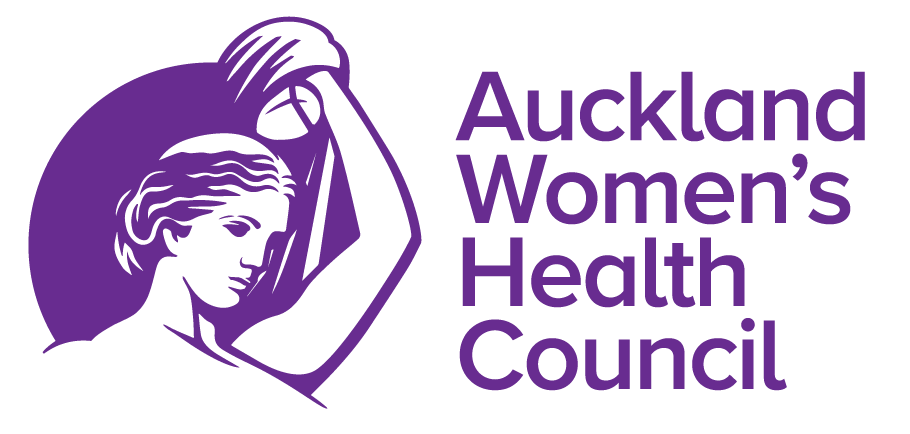At the Abortion Providers conference held in Auckland in March 2008 Dr Margaret Sparrow gave a presentation on the history of access to legal abortion in New Zealand. As this year represents a significant milestone in the fight for a safe legal system which recognised a woman’s right to terminate her pregnancy, her presentation was a timely reminder of the efforts it took to get to where we are now.
New Zealand law regarding abortion was originally based on the 1861 English law which made it an offence for a woman to procure her own abortion as well as for anyone else to procure an abortion. In 1893 New Zealand passed the Criminal Code Act which reduced the penalty for the woman to a maximum of seven years imprisonment and life for others.
When the UK changed its legislation in 1967 to reflect a more liberal stance towards abortion New Zealand did not follow suit. Instead a further ten years went by after which NZ set up a completely new system.
In the early 1970s women were being referred to two Australian states (Victoria and New South Wales) if they wanted a legal abortion, following court cases which gave a more liberal interpretation of state laws. In May 1974 the Auckland Medical Aid Society (AMAC) opened its doors and began providing a private abortion service for women. Dr Wall’s Hospitals Amendment Bill was introduced in 1974 in attempt to restrict abortions to public hospitals. It was subsequently passed in May 1975 but included an amendment extending operations to licensed hospitals. During this time AMAC transferred its services to the Aotea Private Hospital.
The law was subsequently ruled invalid because it related to the wrong section of the Crimes Act.
A police raid on the AMAC clinic took place in September 1974 that among other things resulted in Dr Woolnough being charged with 12 counts of procuring illegal abortions. Dr Woolnough was acquitted, and a subsequent High Court appeal failed to overturn the not guilty verdict.
With feelings now running high on both sides of the debate a Royal Commission of Inquiry on Contraception, Sterilisation and Abortion was established by the Labour government of the day. The six-member commission was appointed in June 1975 and deliberated for 21 months. Its report was published in March 1977. The National government then introduced the Contraception, Sterilisation and Abortion Bill in August that same year. It was passed on 15 December 1977 and came into effect on 1 April 1978.
However, the new legislation proved unworkable. The Aotea clinic closed its doors for the next 20 months and most women found themselves once again having to travel to Australia for an abortion, this time with the aid of a nationwide organised network that sprang into existence called Sisters Overseas Services. During this period SOS provided New Zealand women with abortion information, referrals, counselling and access to safe and legal abortion in Australia.
Significant amendments to the new law were made in July 1978 and the system that was put in place still exists to this day. Numerous reports to government by the Abortion Supervisory Committee over the past decade have referred to the need to revise and update the CS&A Act but to no avail. However, despite the faults in the system it has been a very safe system for women. In 1980 there around 6,000 abortions and the numbers have risen to almost 18,000 a year over the past few years. There have been no maternal deaths during this time.
Dr Sparrow ended her presentation saying that New Zealand’s abortion laws are outdated. Consultants’ fees are costing the health system $5.5 million per year. Abortion should be decriminalised, she said, adding that there is no need for specified grounds, or for certifying consultants. “Abortion is a woman’s health issue, and safe legal abortion is a woman’s right.”
However, no government has thus far been prepared to risk overhauling the AS&A Act. The threat of losing the current access to safe legal abortion along with having to deal with the anti-abortion lobby is too great.
